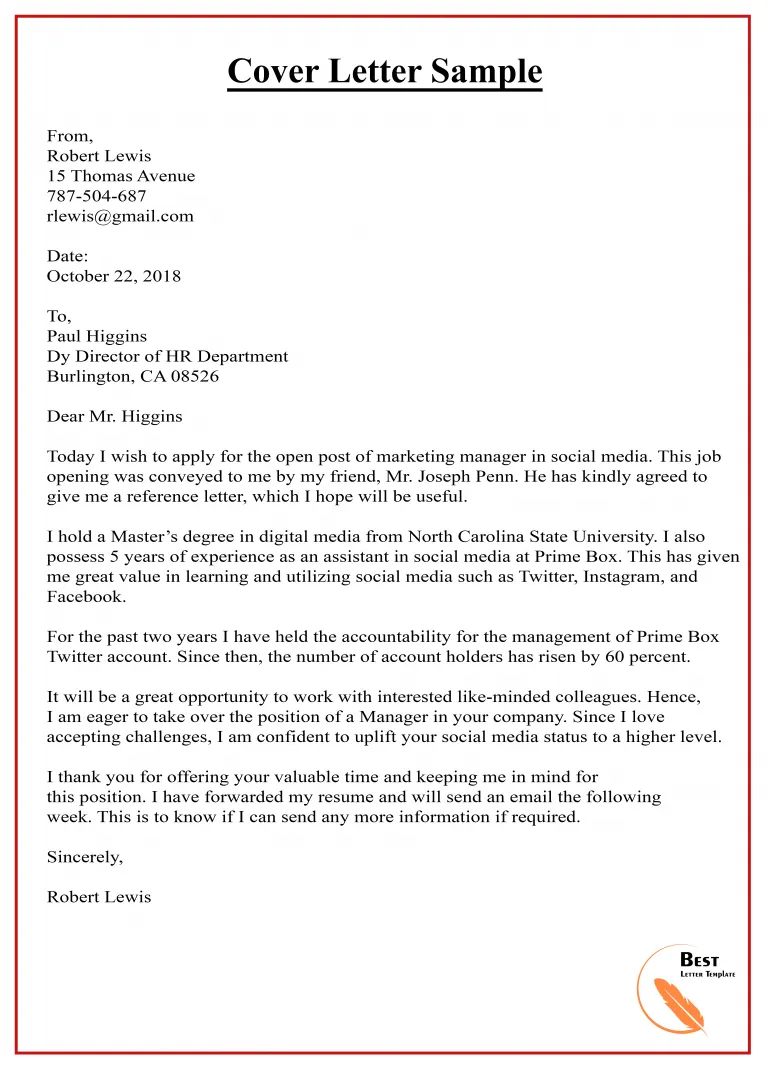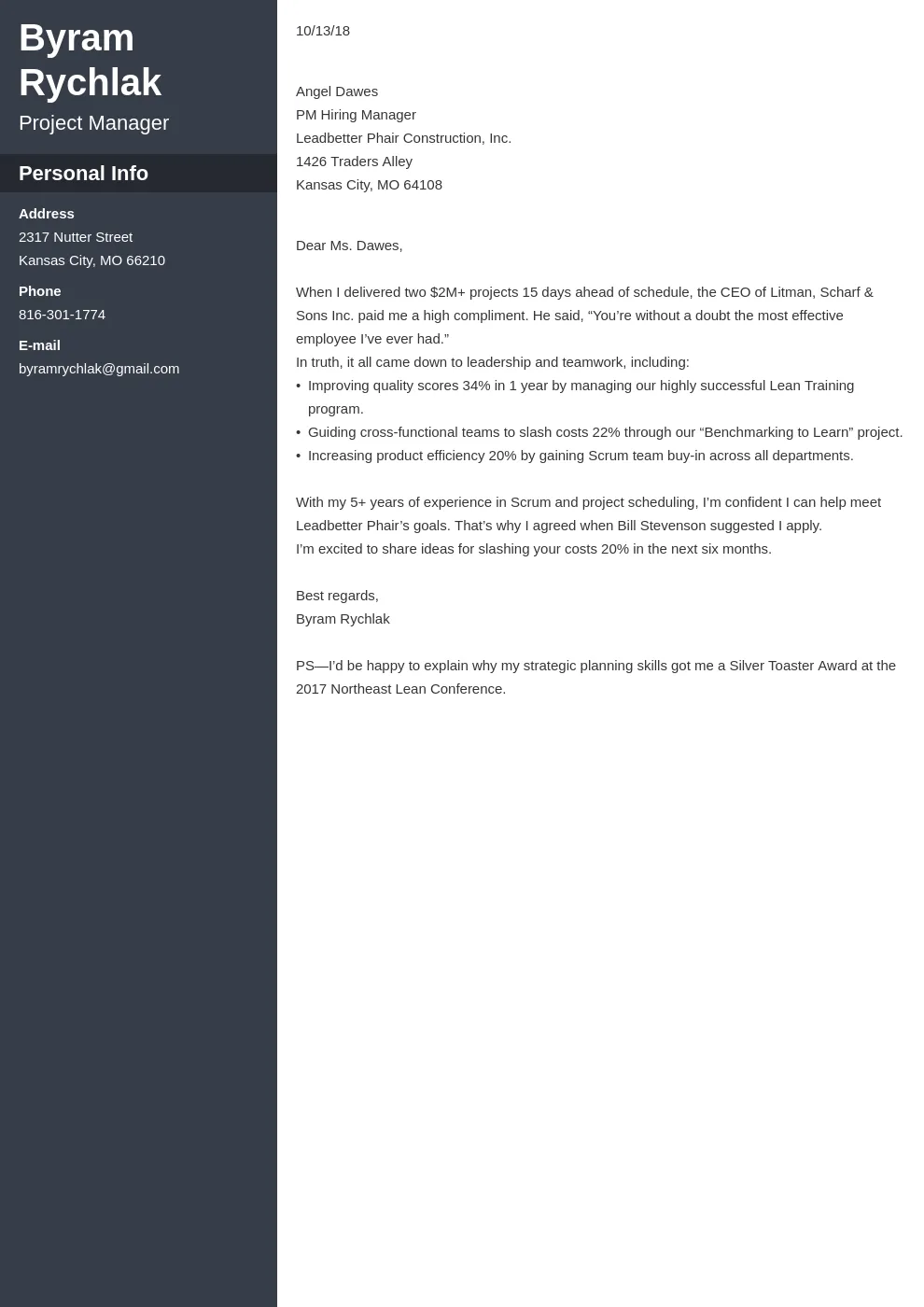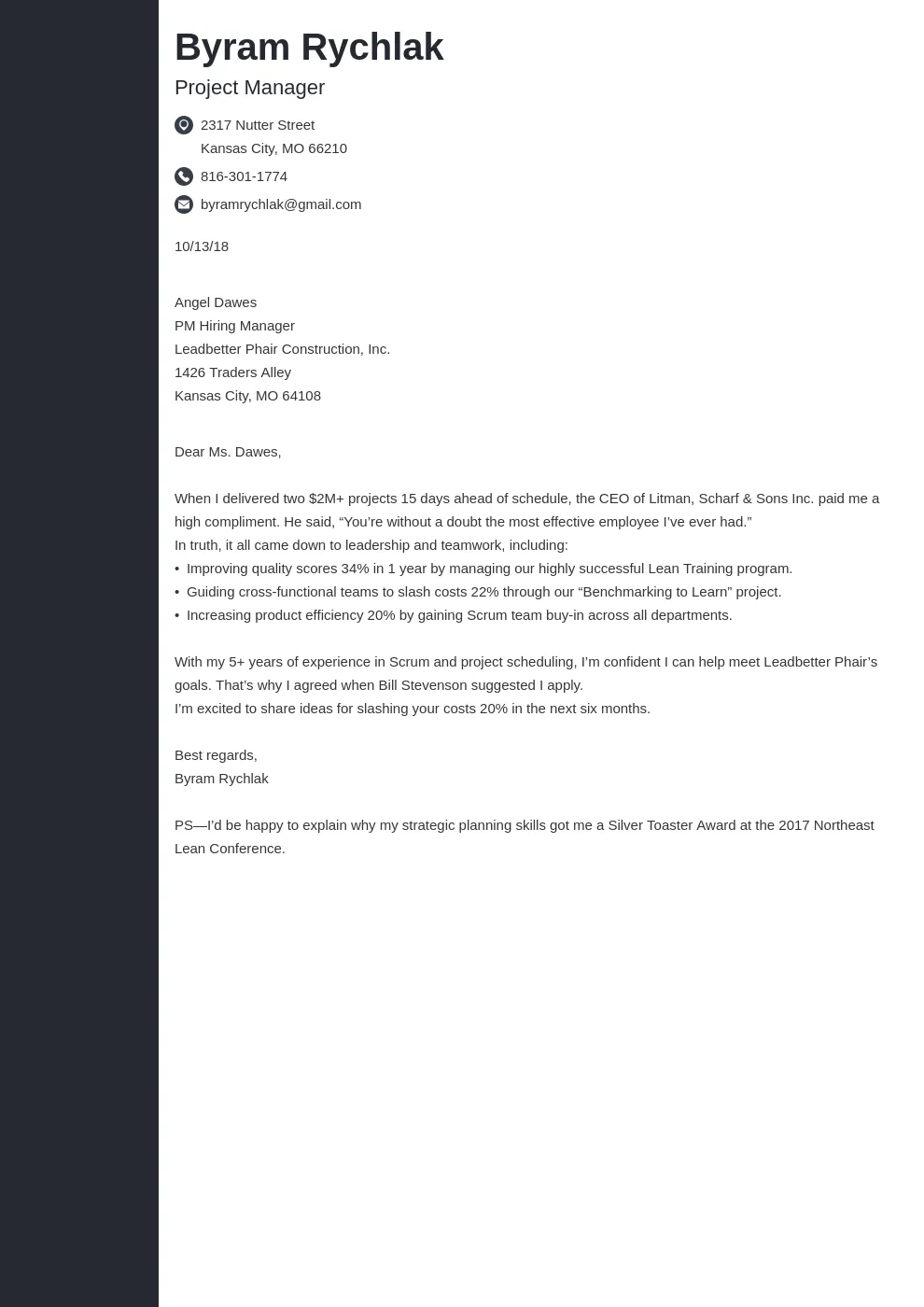Cover Letters How to End: 5 Key Tips
The cover letter is your first impression, a crucial opportunity to showcase yourself to a potential employer. While the body of your cover letter presents your skills and experiences, the ending is equally vital. It’s your final chance to leave a lasting positive impact and motivate the hiring manager to take the next step — inviting you for an interview. A well-crafted cover letter ending reinforces your key qualifications, reiterates your interest, and provides a clear call to action. This guide will explore five essential tips to help you master the art of concluding your cover letter effectively, ensuring it leaves a lasting impression and enhances your chances of landing the job. By implementing these strategies, you can significantly improve the effectiveness of your job applications.
Why Your Cover Letter Ending Matters
The conclusion of your cover letter is more than just a formality; it’s a strategic component that can make or break your application. It’s the final thought the hiring manager will have before deciding whether to invite you for an interview. A weak ending can diminish the impact of a well-written cover letter, while a strong, compelling conclusion can significantly boost your chances of success. Think of it as the final pitch, summarizing your key strengths and persuading the reader that you are the ideal candidate. A poor ending can leave the reader with unanswered questions or a sense of uncertainty about your suitability. In contrast, a powerful ending provides clarity, reinforces your enthusiasm, and guides the hiring manager towards the desired action: contacting you.
Highlight Your Value Proposition

In your closing, briefly restate your key strengths and how they align with the job requirements. This is your chance to summarize why you’re the best fit for the role. Instead of simply repeating what’s already in your resume, focus on the unique value you bring to the table. Mention specific achievements or skills that directly relate to the job description. For example, if the job requires project management skills, highlight your experience leading successful projects and the positive outcomes you achieved. This demonstrates to the employer that you understand their needs and can deliver results. By connecting your skills and experiences to the specific needs of the role, you reinforce the reasons why you should be selected for an interview and ultimately hired. Tailoring your ending to each specific job application will make your cover letter stand out, showing you’ve done your homework and are genuinely interested in the position.
Reiterate Your Interest and Enthusiasm
Expressing genuine enthusiasm is vital for making a strong impression. Your cover letter should not only demonstrate your qualifications but also convey your excitement about the opportunity. Reiterate your interest in the specific role and company, showing that you’ve done your research and are genuinely excited about the prospect of joining their team. This can be achieved by mentioning something specific that attracted you to the company or the role. For example, you could refer to a company value, a recent project, or a specific aspect of the job description that resonates with your career goals. Avoid generic statements like “I am very interested.” Instead, be specific and show that you’ve considered how you fit into the company’s mission and culture. This personal touch helps you stand out and reinforces your desire to be part of their organization. When employers see your genuine interest, they are more likely to consider you a motivated and proactive candidate.
Clearly State Your Call to Action
A clear call to action is a crucial element of a well-crafted cover letter ending. It directs the hiring manager on what you want them to do next. Without a clear call to action, the reader may not know how to proceed, and your application could get overlooked. The call to action should be direct and actionable, such as inviting the hiring manager to contact you to schedule an interview. Make sure to include your contact information, so it is easy for them to reach you. For example, you might say, “I am eager to discuss how my skills and experience can benefit your team. Please feel free to contact me at your convenience.” This is a polite but assertive way to convey your eagerness and make it easy for them to get in touch. Always make it easy for the reader to take the next step. Your call to action should be concise, action-oriented, and leave no room for ambiguity.
Choose the Right Closing Salutation

The closing salutation can significantly impact the overall tone and professionalism of your cover letter. The choice of the right salutation depends on the level of formality and the relationship you have with the hiring manager. “Sincerely” or “Best regards” are safe, universally accepted options that convey professionalism without being overly formal. If you have had prior contact with the hiring manager, a slightly warmer closing like “Kind regards” or “Warmest regards” might be appropriate. However, it’s important to avoid overly casual closings like “Cheers” or “Thanks,” which can be perceived as unprofessional. Additionally, it is recommended to avoid using overly common salutations like “Respectfully,” as it can sound impersonal. It’s always a good idea to research the company culture. Ultimately, your closing salutation should be professional and appropriate for the job and the employer.
Proofread for Perfection
Proofreading is the final, and perhaps most critical step in ensuring your cover letter leaves a positive impression. Even the most compelling content can be undermined by typos, grammatical errors, or formatting mistakes. Proofreading your cover letter meticulously demonstrates your attention to detail and professionalism, which are highly valued by employers. Read your cover letter aloud to catch any awkward phrasing or grammatical errors that you might have missed while reading silently. Using a grammar and spell-checking tool is a great first step, but it’s also important to manually check your work. Ask a friend or family member to review your cover letter, as a fresh pair of eyes can often catch errors you might miss. Double-check all contact information to make sure it is accurate. A flawless cover letter shows that you value your application and pay attention to detail. By proofreading carefully, you guarantee that your final impression is one of competence and professionalism.
